The Exquisite World of Handmade Pocket Knives: A Journey into Craftsmanship and Design
Introduction
Handmade pocket knives are not just tools; they are a blend of art, tradition, and utility. These bespoke creations carry a story, embodying the rich history and skill of their makers. From their humble beginnings as essential tools for survival and everyday tasks, handmade pocket knives have evolved into sought-after collectibles and symbols of craftsmanship. In this article, we delve into the captivating world of these artisanal masterpieces, exploring the intricacies of their making, the diversity in their design, and their enduring appeal.
The Art of Crafting Handmade Pocket Knives
The creation of a handmade pocket knife is a testament to the artisan's skill and dedication. Each knife is born from a meticulous process, involving forging, shaping, and detailing. Artisans often use traditional techniques passed down through generations, making each knife a piece of living history. The process begins with the selection of the right steel, which is then expertly heated, hammered, and cooled to achieve the perfect balance of sharpness and durability. The blade is then painstakingly shaped and sharpened, ensuring a precision edge.
What truly sets handmade knives apart is their personalized touch. Craftsmen imbue each piece with unique designs, from intricate patterns etched on the blade to custom handle designs. These handles are crafted from a variety of materials, including wood, bone, or even modern composites, each adding to the knife's aesthetic and functional appeal. The result is a functional piece of art, showcasing the individual style and skill of its maker.
Materials and Design
In the realm of handmade pocket knives, the choice of materials plays a pivotal role. The blades are typically crafted from high-quality steel varieties like Damascus or carbon steel, known for their strength and edge retention. The handle materials range from traditional woods, like oak or walnut, to exotic materials like stag horn or mother-of-pearl. These materials are not only chosen for their beauty and durability but also for the tactile experience they offer to the user.
The Cultural and Historical Significance
Handmade pocket knives hold a special place in cultural histories worldwide. In many cultures, these knives are more than just tools; they are heirlooms, symbols of maturity, and artifacts of heritage. For example, in some European traditions, receiving a pocket knife signifies a rite of passage. Historically, famous explorers, warriors, and leaders were known to carry distinct pocket knives, each reflecting their personal stories and the customs of their times.
This historical reverence elevates the status of pocket knives from mere objects to symbols of legacy. Collectors and enthusiasts often seek knives with historical significance, be it a style associated with a particular era or a replica of a famous historical knife. The stories behind these knives add to their allure, making them not just tools, but keepers of history.
Collectibility and Value
The collectibility of handmade pocket knives is a fascinating aspect of this craft. Each knife's value is influenced by various factors, including the reputation of the maker, the quality of craftsmanship, the rarity of the design, and its historical significance. For collectors, the appeal lies in owning a piece of art that carries a story, a piece that represents the pinnacle of a craftsman's skill. The value of these knives often appreciates over time, making them not just items of utility or beauty, but also investments.
Maintenance and Care
Owning a handmade pocket knife comes with the responsibility of proper maintenance. Regular cleaning and oiling are essential to prevent rust and maintain the knife's functionality and appearance. Sharpening the blade requires skill; using the right technique and tools ensures the knife remains effective without damaging its edge. Safe storage is also crucial, particularly for collectors, as it preserves the knife's condition and value. Proper care not only prolongs the life of the knife but also honors the craftsmanship that went into its creation.
Uses of Handmade Pocket Knives
Handmade pocket knives are versatile tools, prized not just for their beauty but for their practicality. They are essential companions for outdoor enthusiasts, used for tasks like whittling, preparing food, or cutting materials. In everyday life, these knives come in handy for various small tasks, from opening packages to minor repairs. The precision and durability of a well-crafted knife make it a reliable tool in various professions, from chefs to artisans.
Buying Guide
When purchasing a handmade pocket knife, consider the blade quality, handle material, and the maker's reputation. Research the types of steel and handle materials to understand their properties. Pay attention to the balance and ergonomics of the knife. It's also essential to familiarize yourself with local laws regarding knife ownership and carry. For collectors, authenticity, historical significance, and craftsmanship are key considerations. Buying from reputable dealers or directly from the artisans can ensure the knife's authenticity and quality.
Conclusion
Handmade pocket knives are more than mere tools; they are expressions of artistry, tradition, and utility. Whether you are a collector, an outdoor enthusiast, or simply appreciate fine craftsmanship, these knives offer something unique. We hope this journey into the world of handmade pocket knives has enlightened you about their artistry, history, and value.






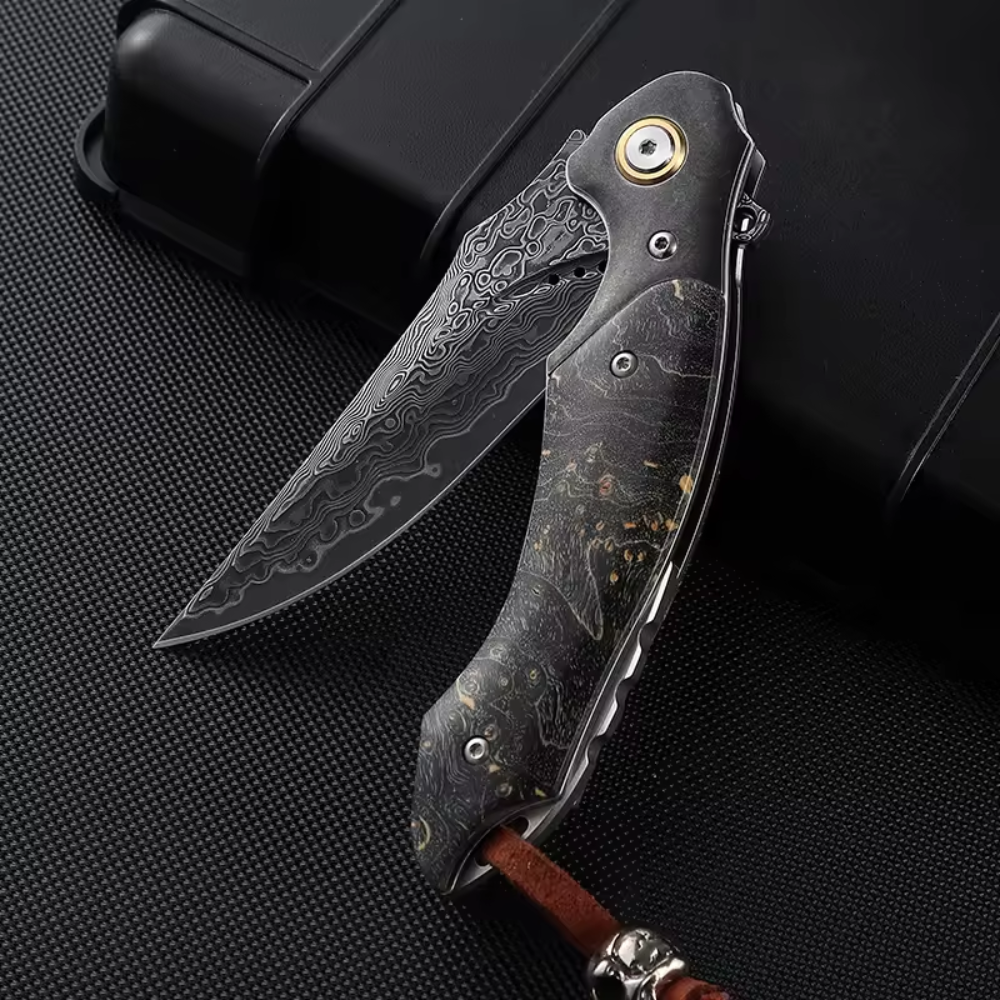
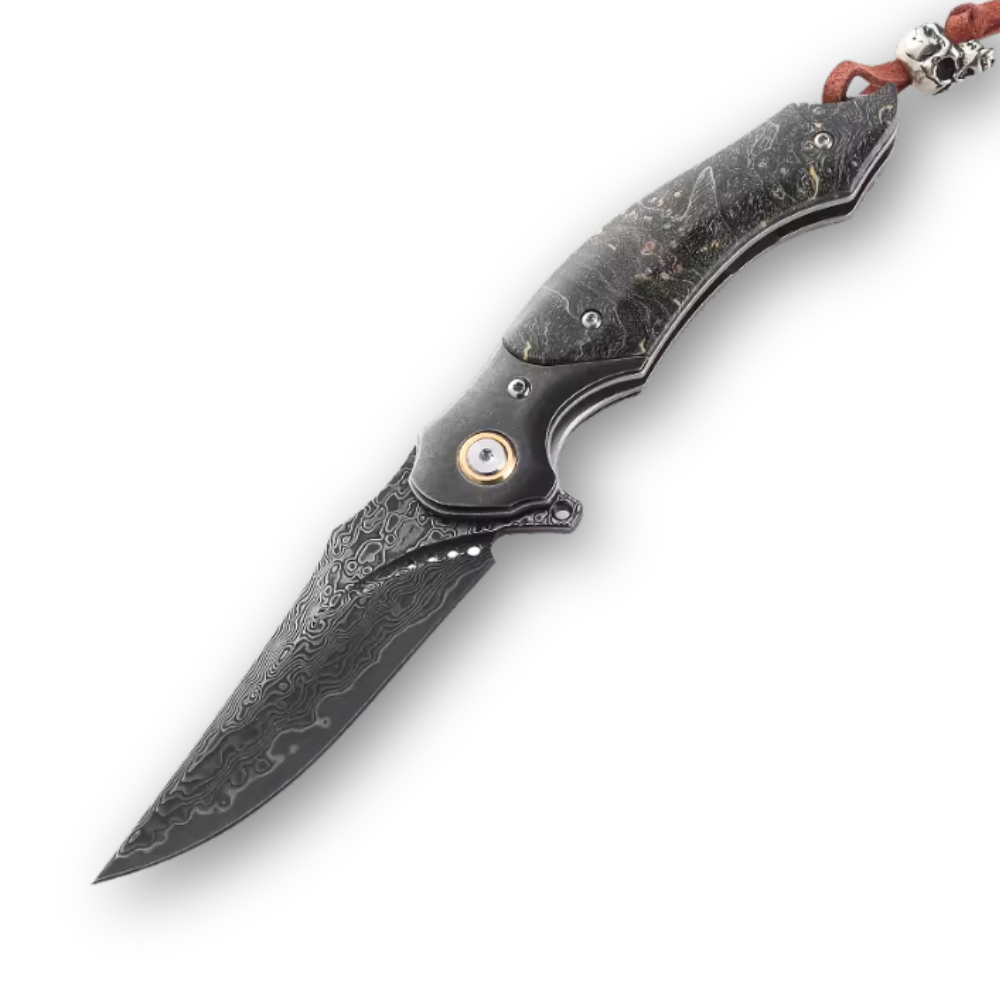
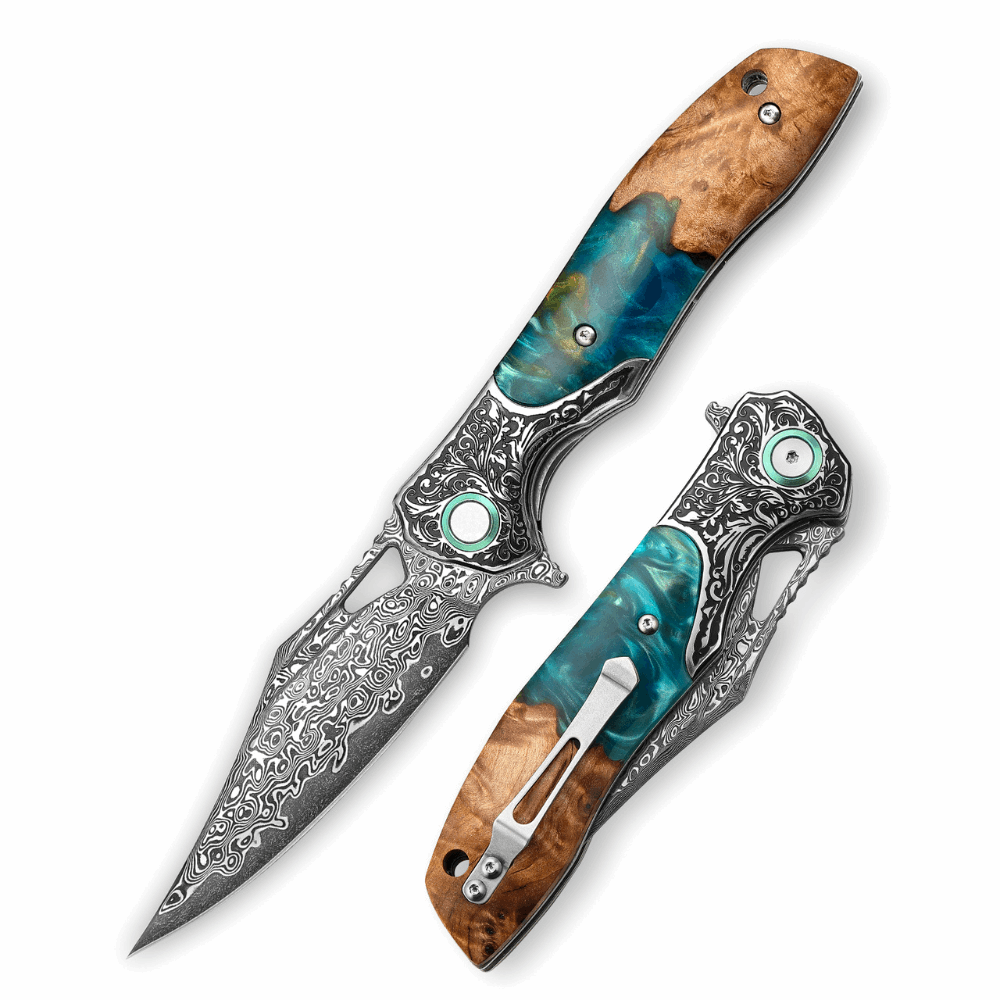
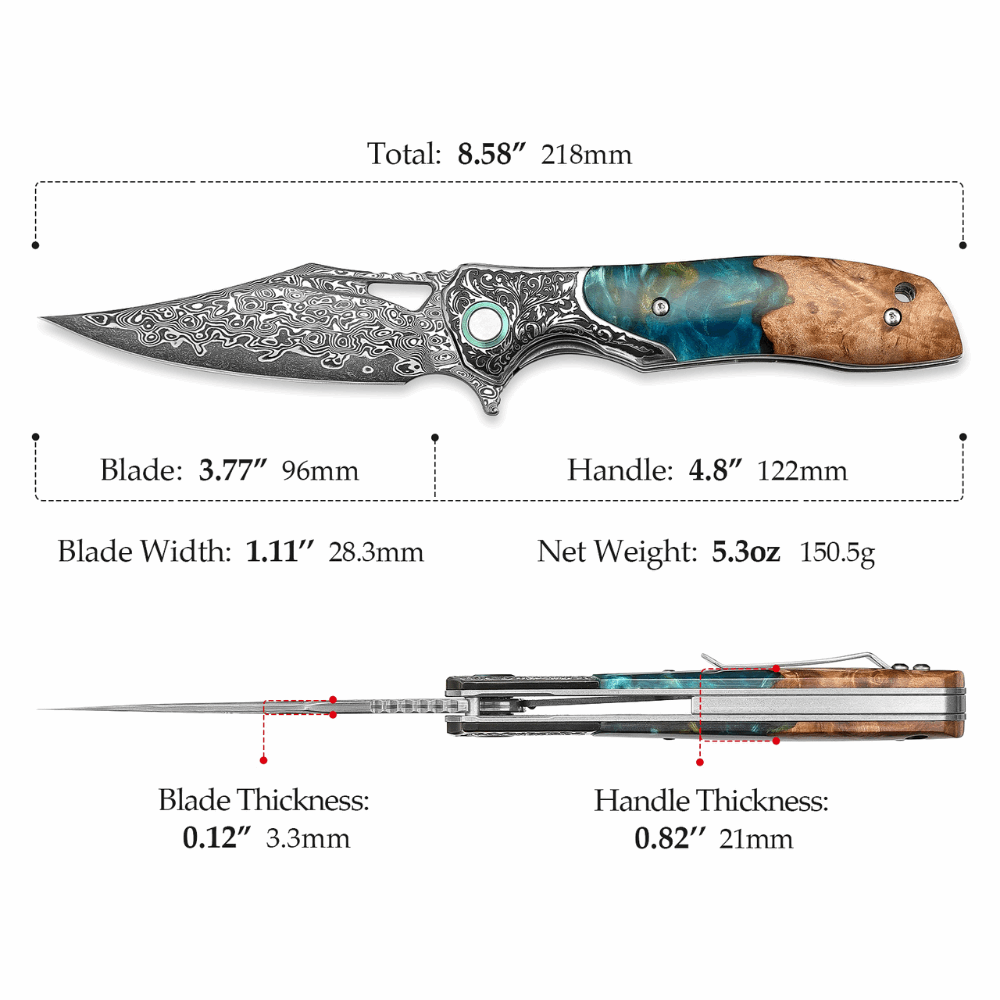
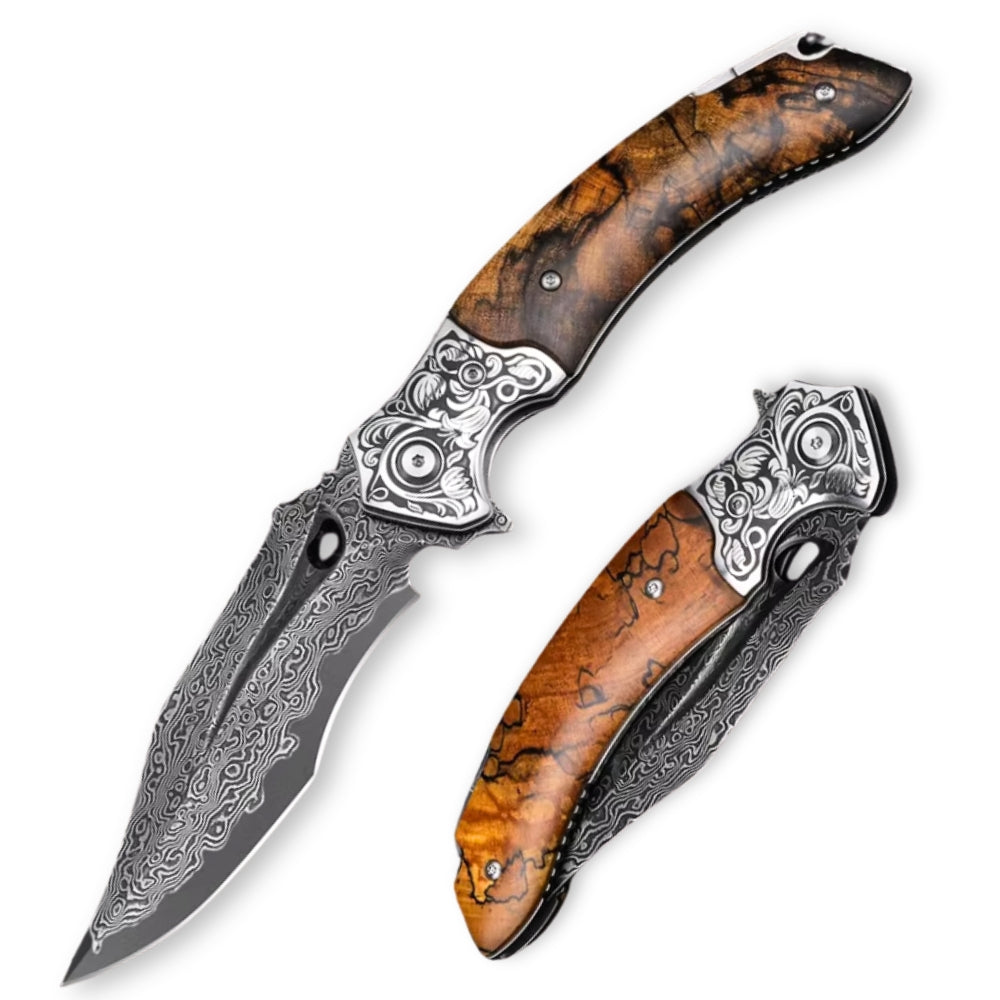
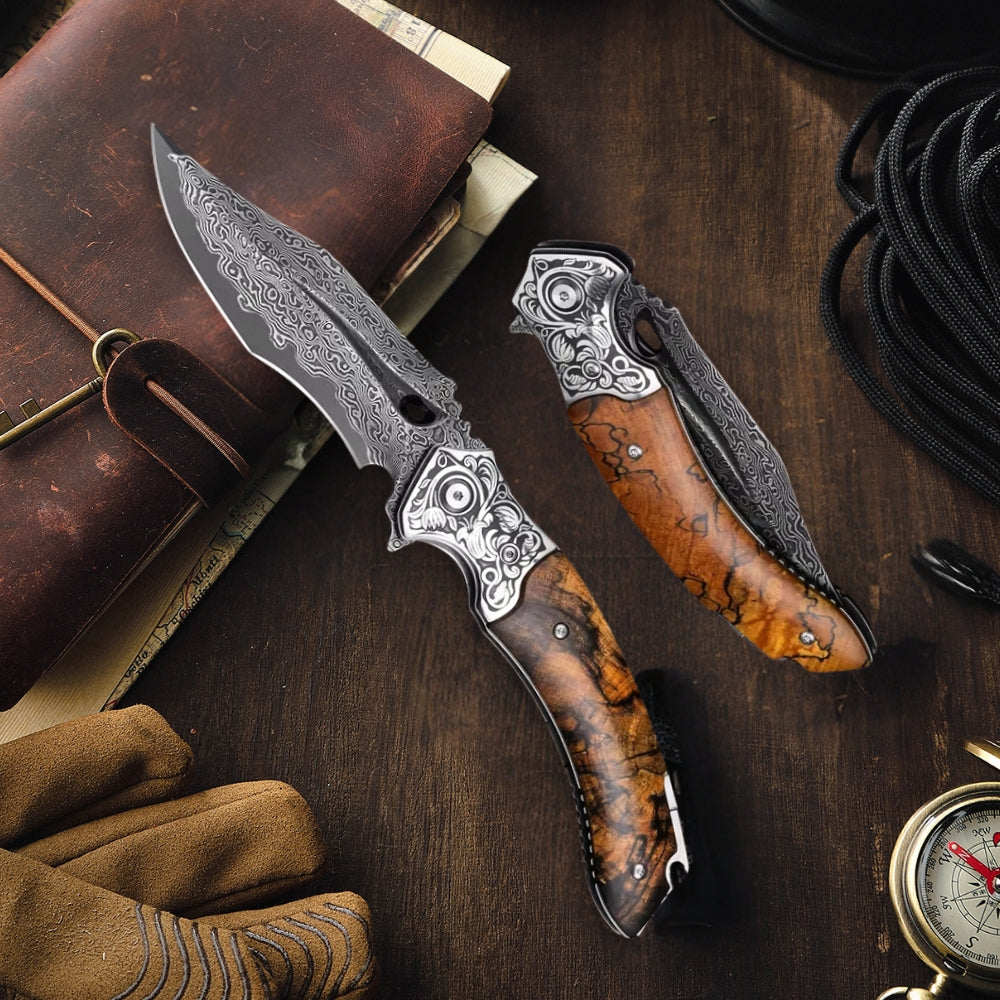
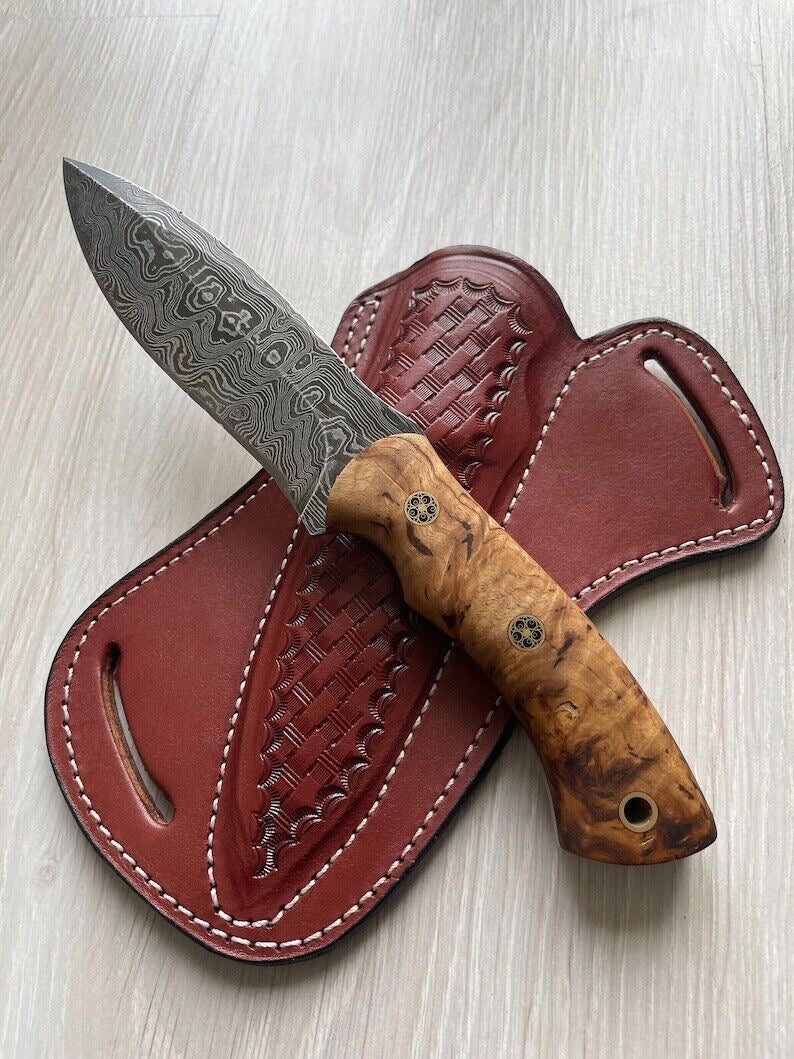
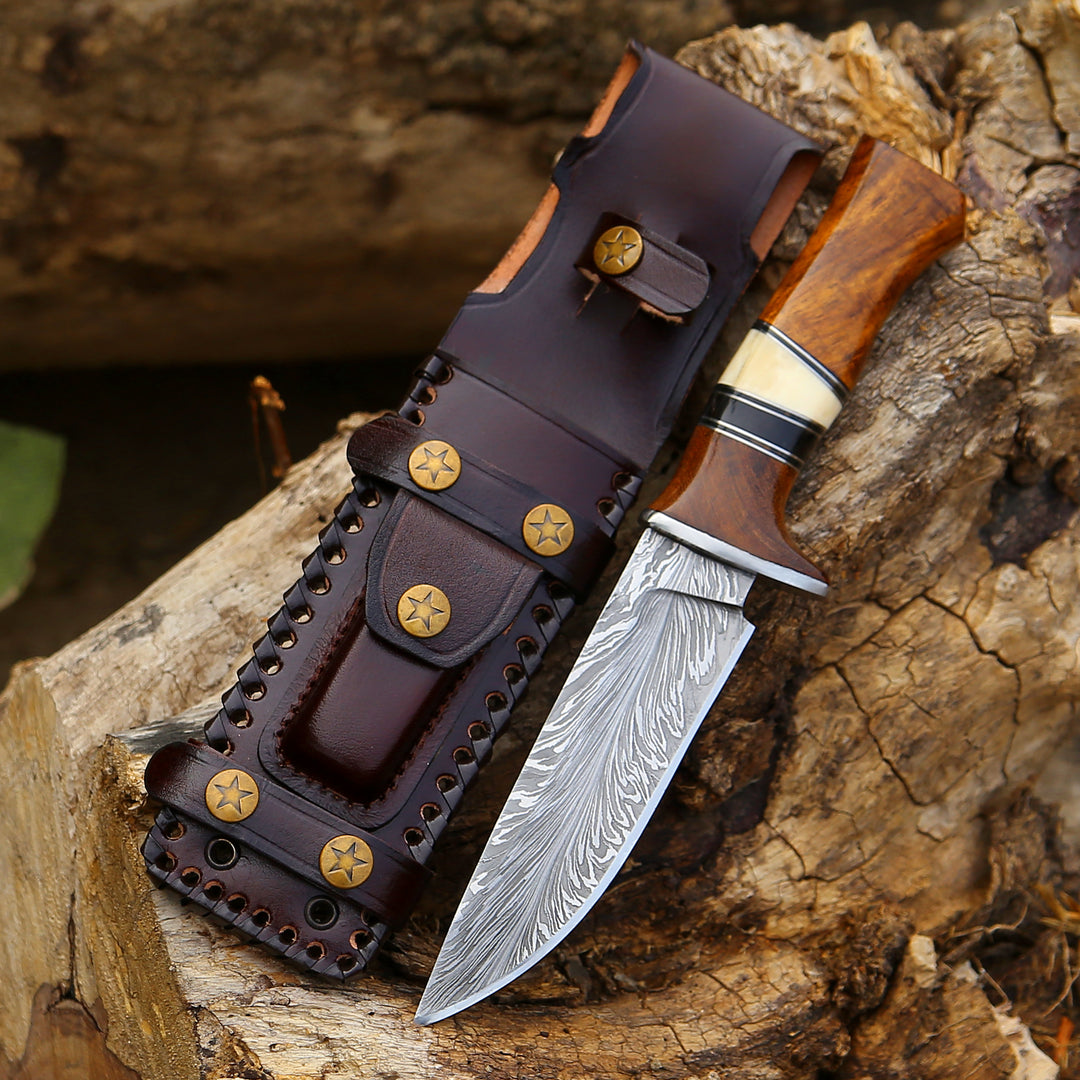

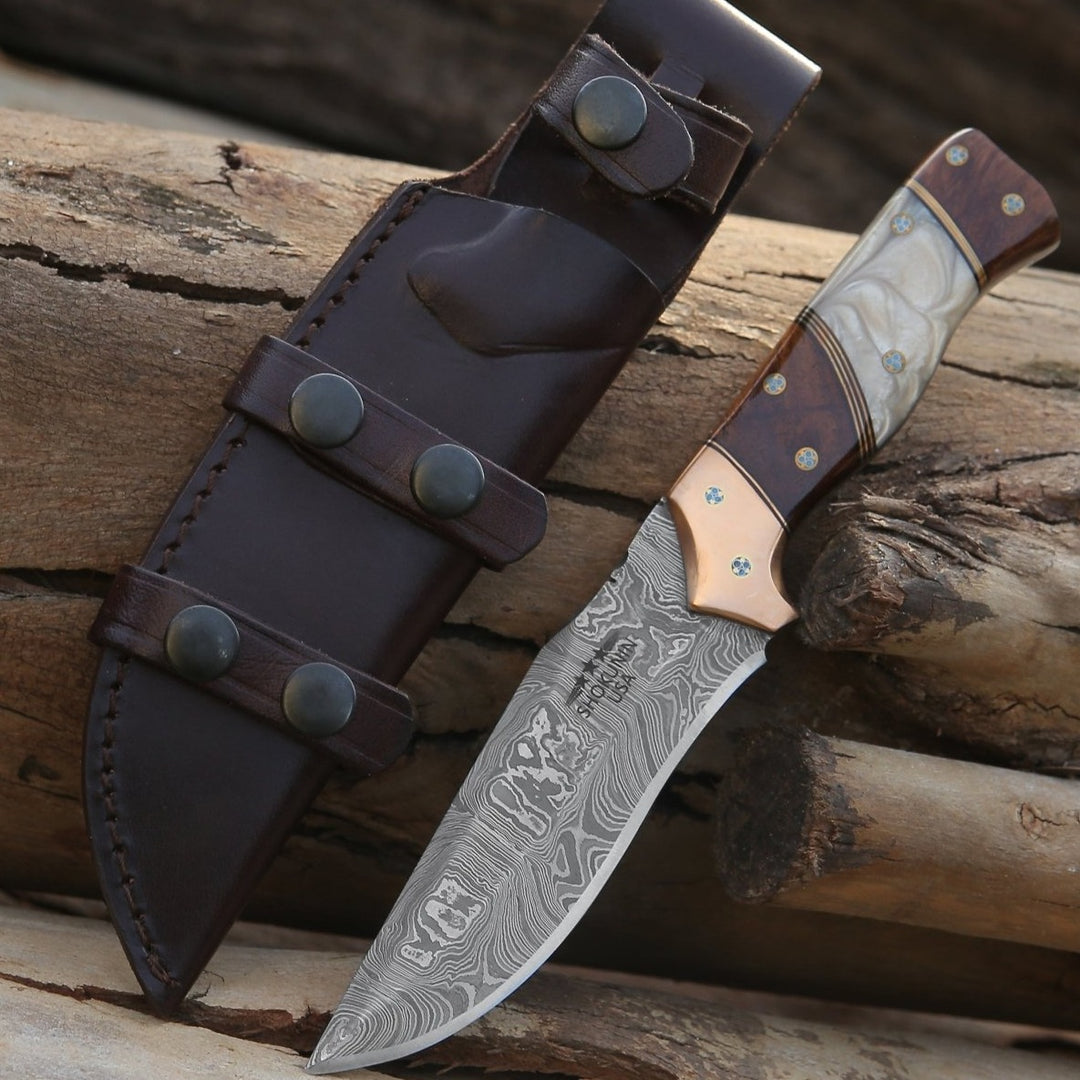
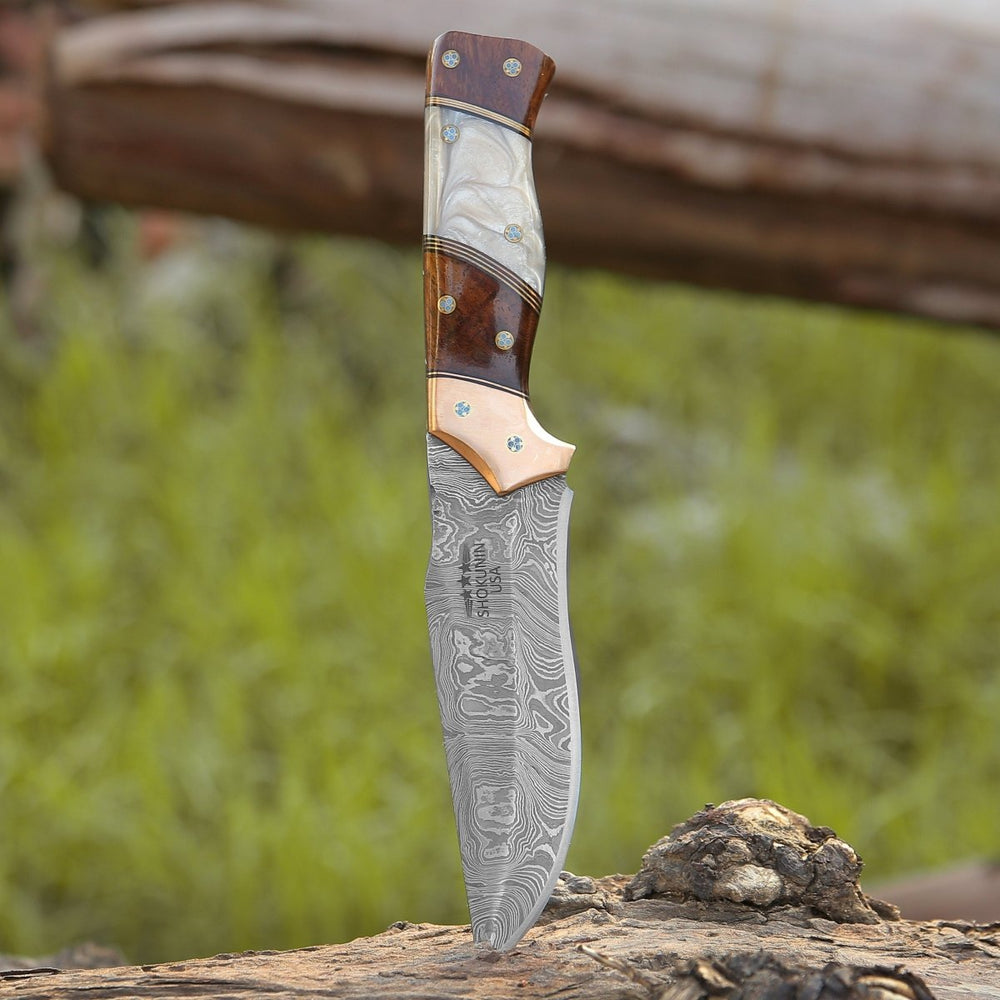

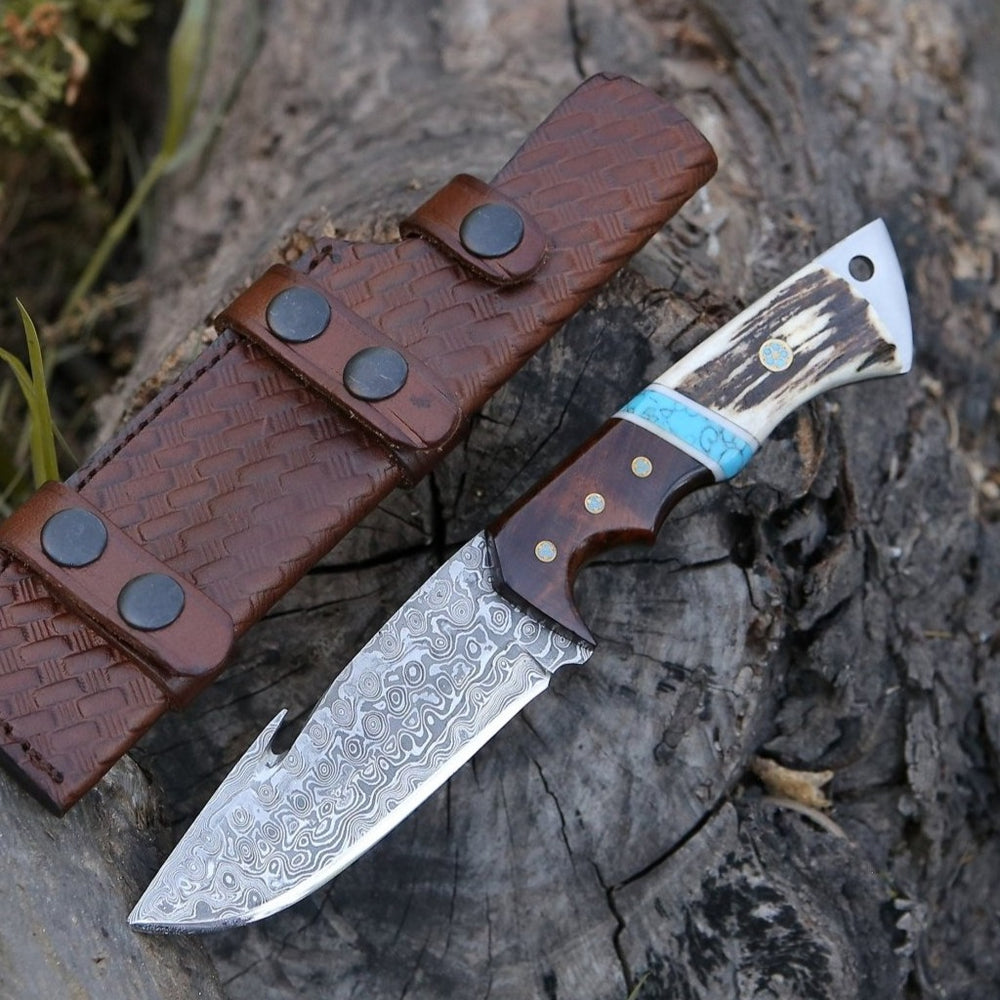
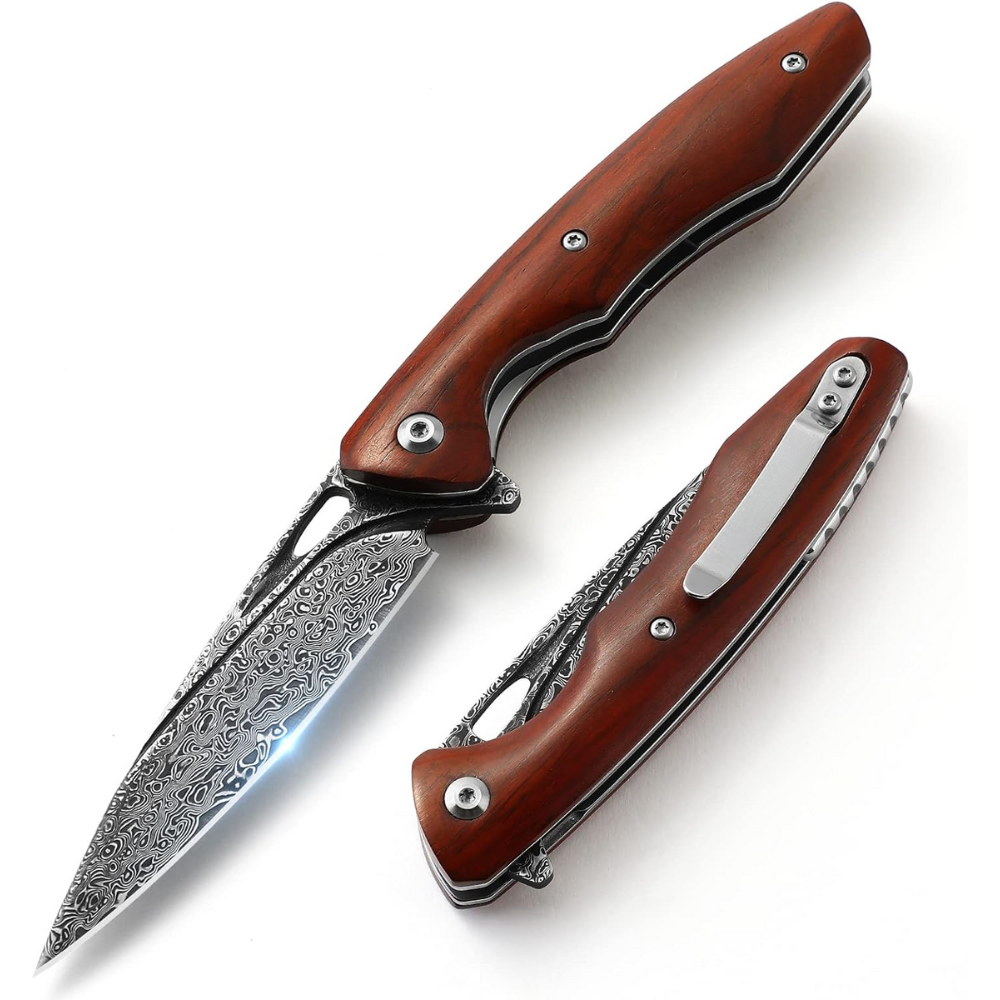
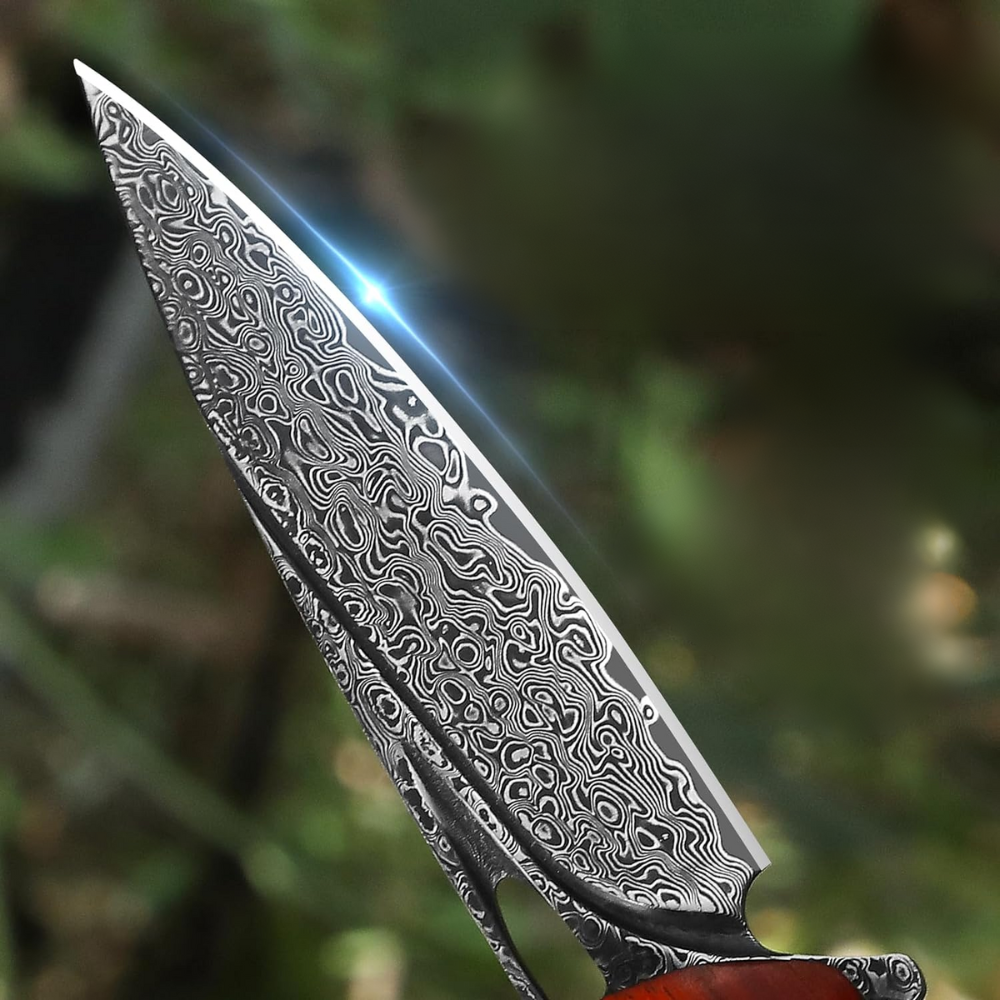
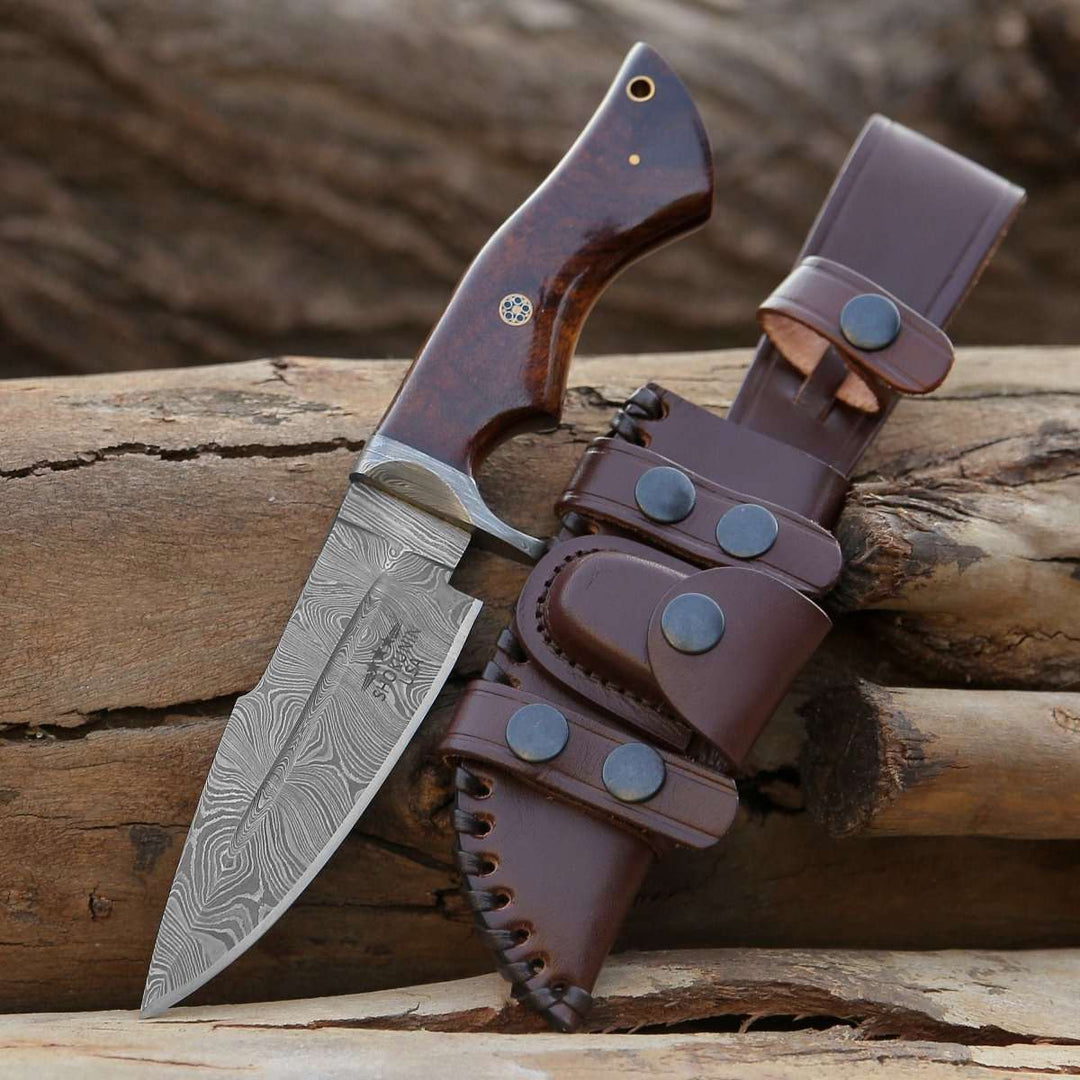
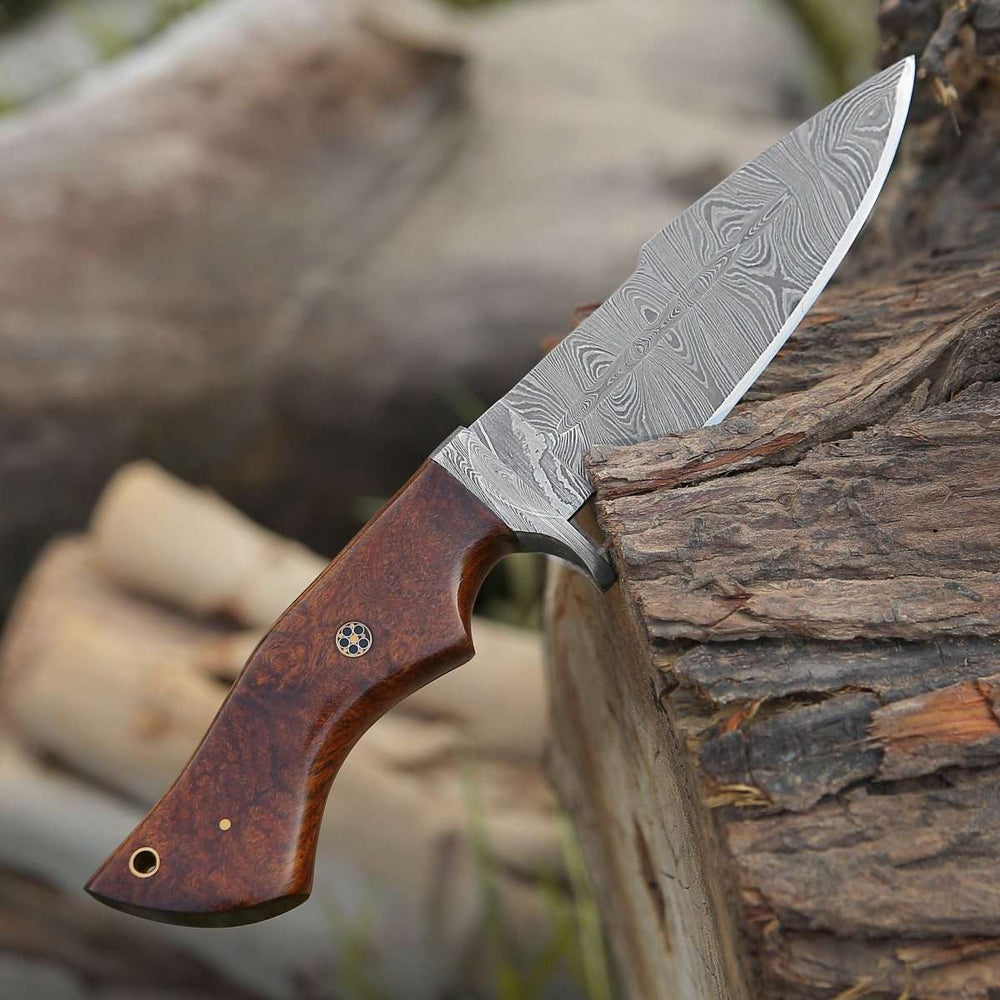
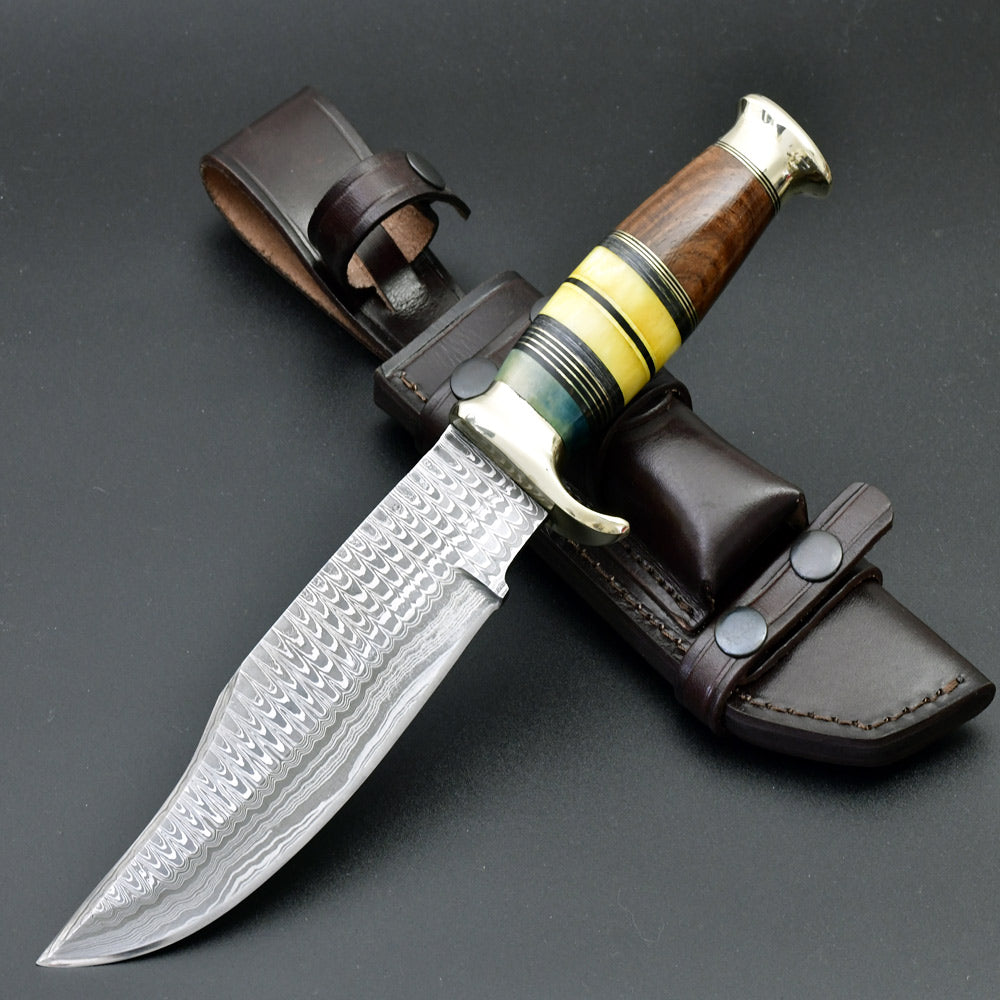
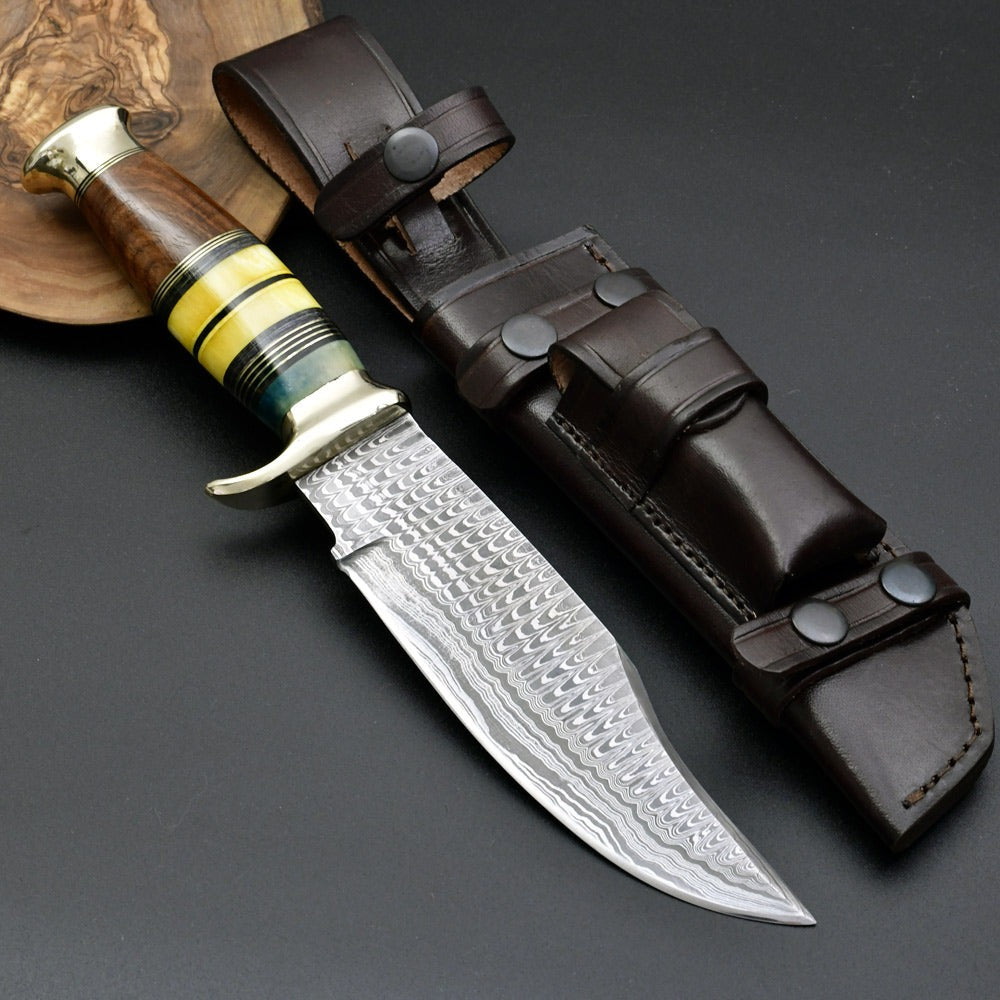
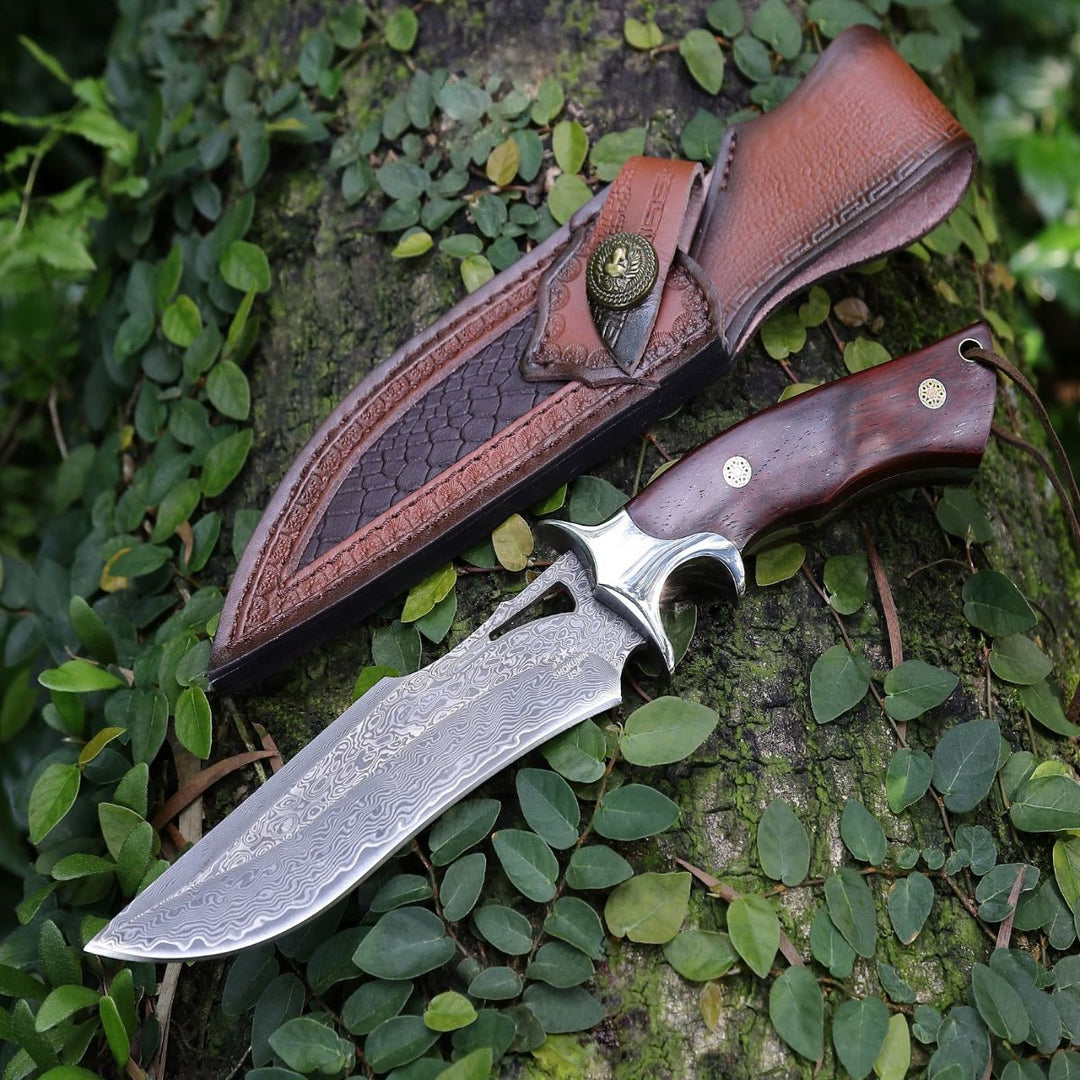
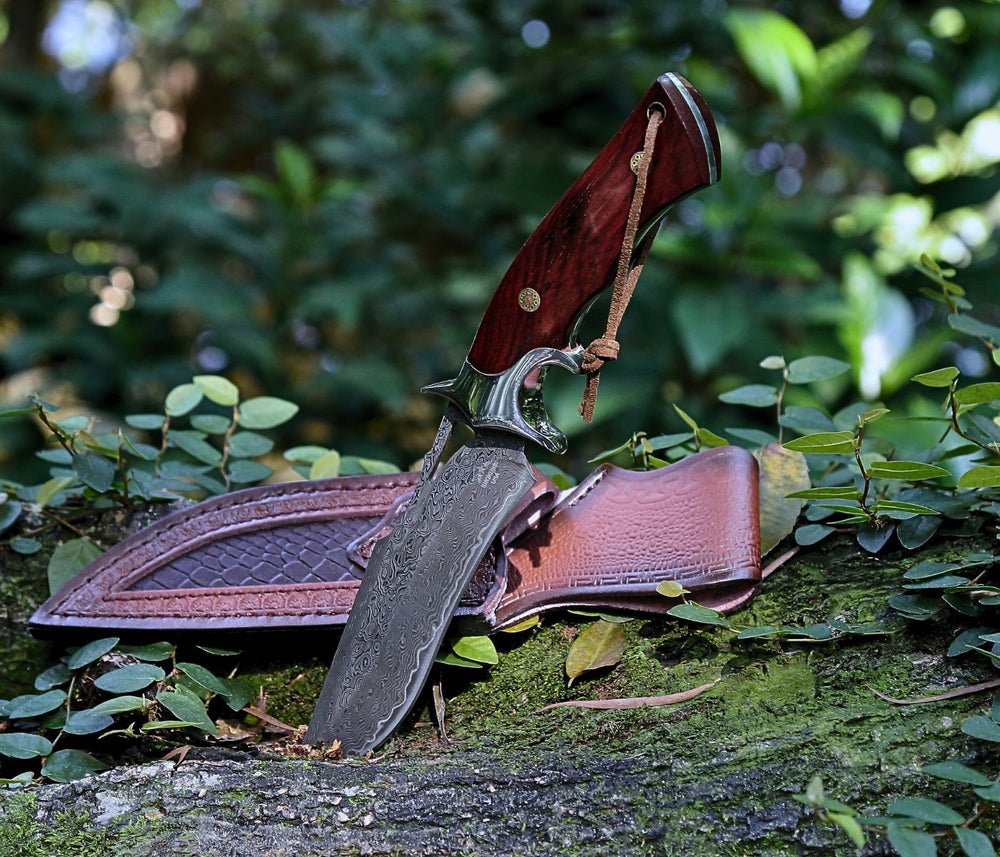
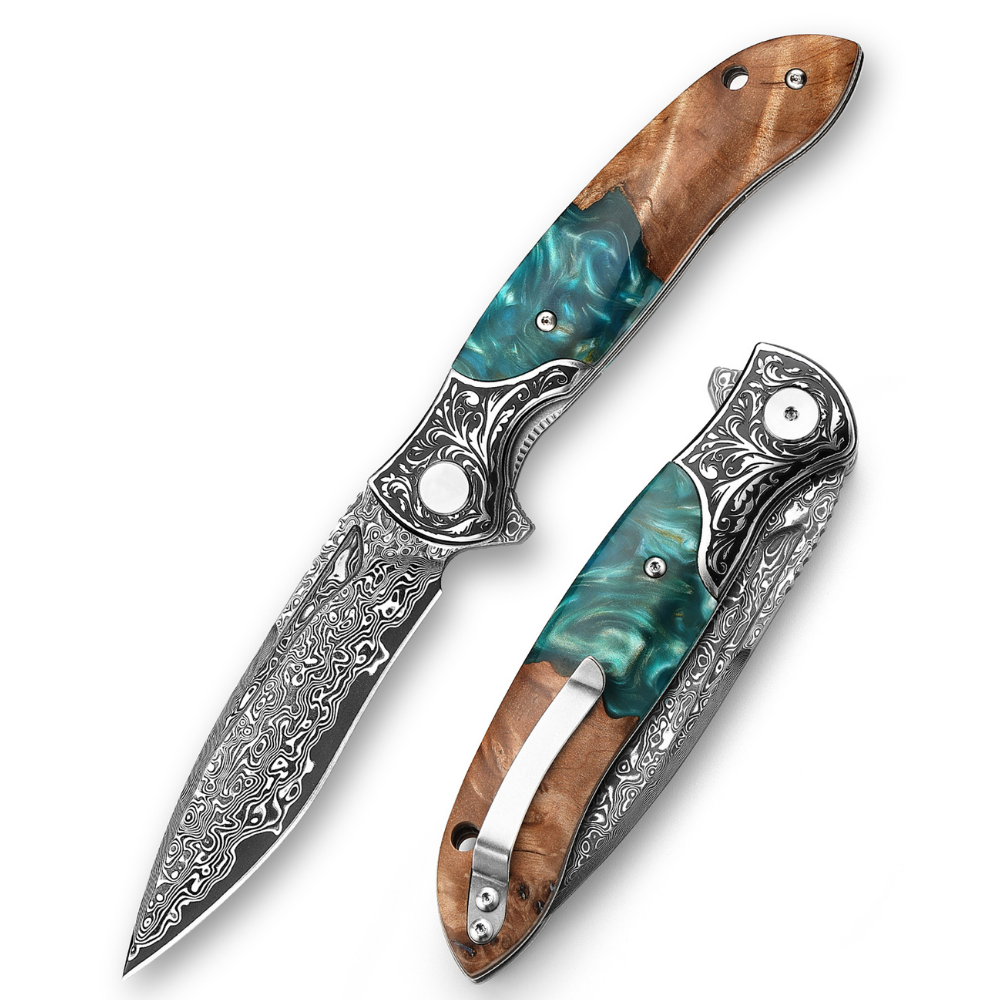
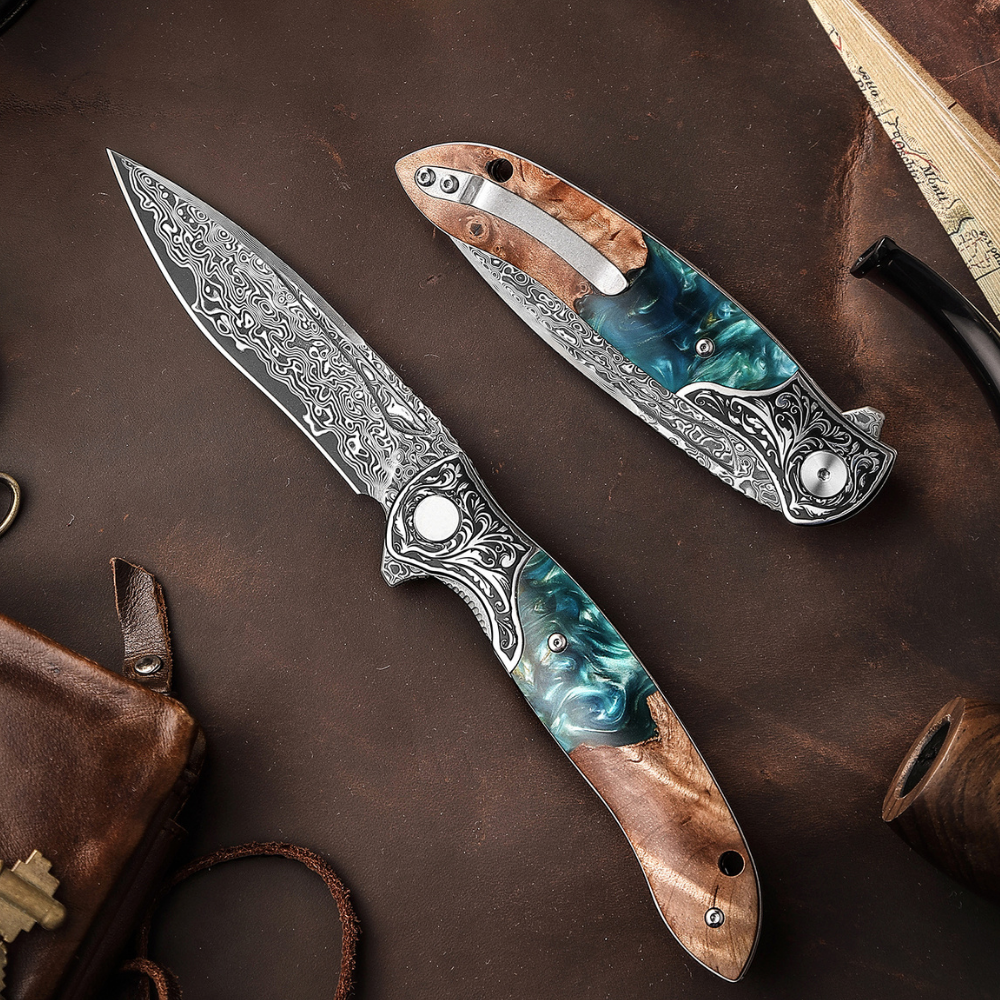
Leave a comment